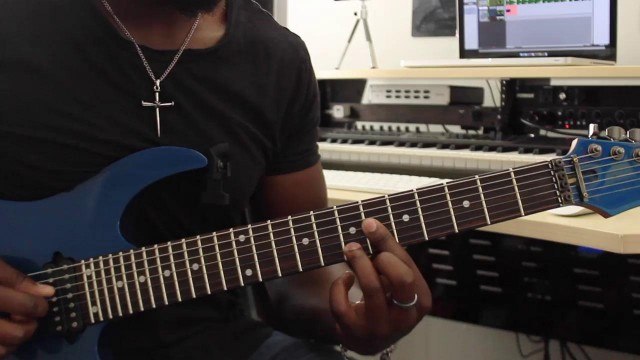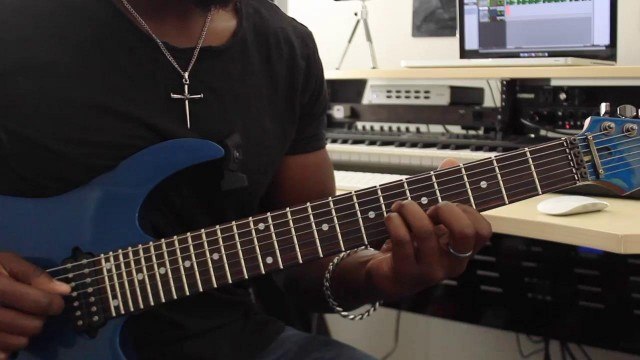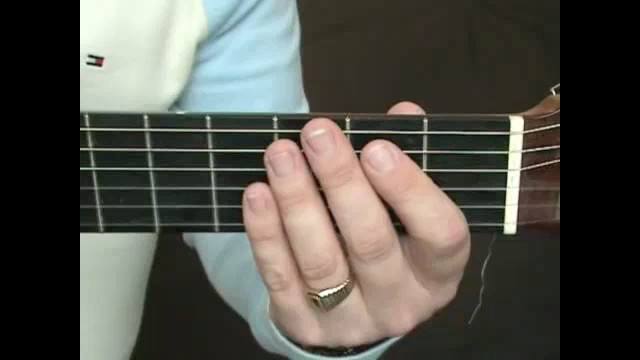Hey beginners! I developed this lesson for the purpose of identifying some of the issues associated with difficulty making chord changes. We'll examine three different sets of chords, D & A, E & Am, Am & C. Here in part 1, we'll simply be strumming each chord eight times before switching to the next.
NOTE: The best way to master these chord changes, is to address the technique for each change first, and then make the changes as quickly and efficiently as possible, without strumming. Make the change feel natural, THEN apply the strumming pattern.
Exercise 1: D to A
You've probably attempted to make this chord change in the past - but a VERY common issue between chords such as D and A is "overstepping", ie. the A chord being formed on a higher group of strings. So the technique that will be the focus of this exercise, is assigning our index finger as our "guide finger". When playing the D chord, the index finger lies on the third string, when transitioning to the A chord, the index finger moves from the G string to the D string. Focusing on this finger, will allow the A chord to form naturally with the second and third fingers dropping beneath our guide finger's new position. When we switch back to D, the guide finger will become the middle finger - make your focus in this chord change getting your middle finger to the bottom string in the same fret, from there, the index and pinky fingers will be able to fall into place naturally.
Exercise 2: E to Am
At first glance, this chord change will seem rather simplistic due to the chord shapes being identical. The issue that most students have with this change, however, is maintaining the form of the chord, and not having the fingers compress together leaving important strings un-fretted. The best method to combat this, is making the chord change in two separate steps - drop the index finger from the third string to the second string first - then, drop the middle and ringer finger, together, down one string each (and vice versa for returning to E).
Exercise 3: Am to C
The focus of this chord change is finger independance - the ability to leave certain fingers ON the fretboard, while simply moving one. The transition from Am to C involves the ring finger switching from the second fret, third string, to the third fret, fifth string. Everything else remains in tact. Again, be sure to make the change several times without strumming to establish the necessary muscle memory.

















